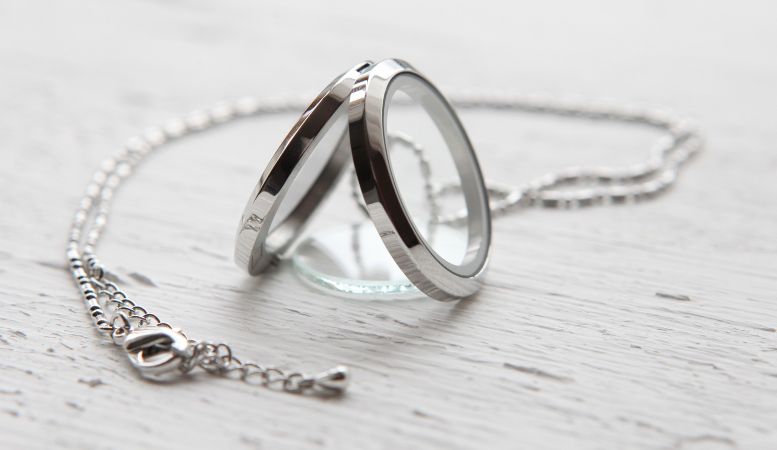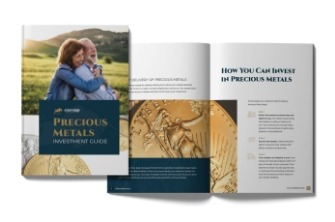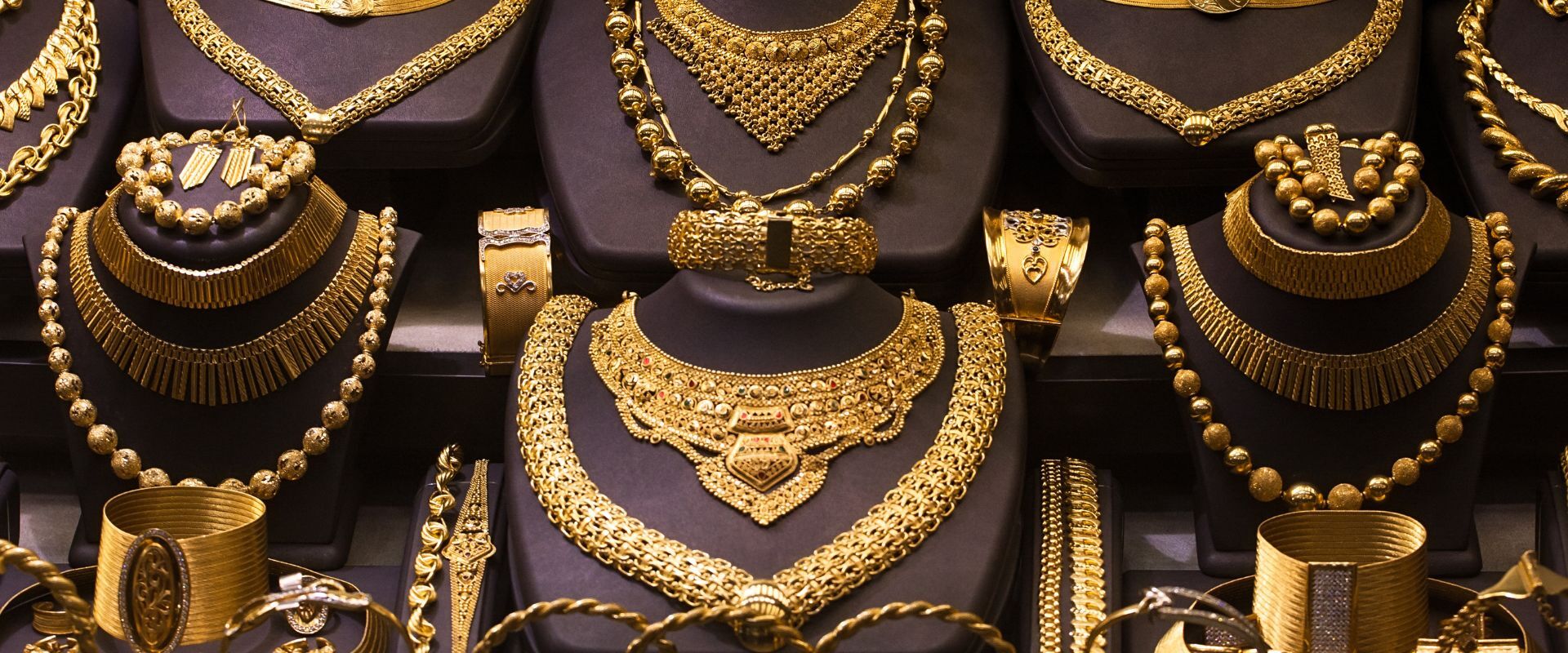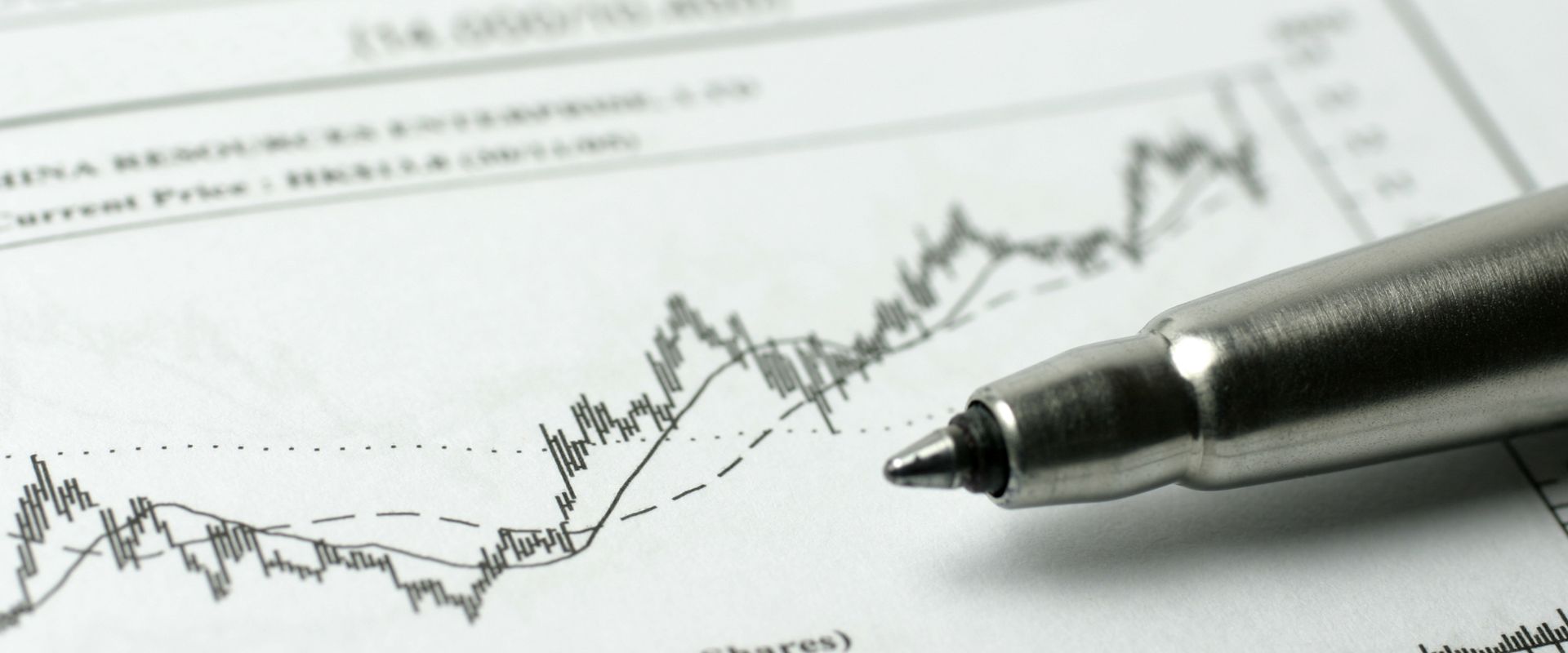Table of Contents
When you think of precious metals — whether in the form of rare coins, bullion, or jewelry — no doubt the classics like gold and silver come to mind. But what about platinum and palladium? While they share a similar appearance with silver, how do they compare when it comes to value, composition, and uses? Here, we answer all your questions about silver vs. platinum vs. palladium.
Overview of Silver, Platinum, and Palladium
To the untrained eye, silver, platinum, and palladium look very similar. Learning how to distinguish among them can help you know what you are buying or selling — and perhaps save you (or make you) hundreds or thousands of dollars in the process.
Appearance
If you’re trying to distinguish silver vs. platinum vs. palladium based on looks alone, you have your work cut out for you. All three metals have a similar grey color. The primary difference is that platinum is whiter, brighter, and shiner than the other two similarly toned precious metals.
However, if you notice that an item is tarnished, it is most likely silver. To test this characteristic, clean the coin or piece of jewelry you are hoping to identify. If the cleaned item still has a dark color or dull sheen, it is unlikely to be platinum or palladium.
Composition
Beyond tarnish, softer metals like silver are more susceptible to everyday wear and tear. If you see scratches or other imperfections, the item likely has a large percentage of silver. Platinum, on the other hand, is an extremely hard and durable metal. As such, it resists scratching and patina, the thin oxidized coating often seen on objects made of copper, brass, and bronze.
One of the biggest selling points of platinum is its high melting point, which makes it more durable. Silver typically needs the addition of metals like copper to make it harder and stronger. Like platinum, palladium is a durable, hard precious metal that resists corrosion. In some cases, silver alloys include palladium to increase tarnish resistance.
Density
Another way to conduct a silver, platinum, and palladium analysis is by weighing them. Platinum is the densest and the heaviest. Palladium weighs about half as much as platinum. You can also use water displacement to estimate how much precious metal an item contains. Platinum will be approximately 18 grams/cc, while the lighter and less dense silver will be around 10 grams/cc.
Silver vs. Platinum vs. Palladium: Key Differences

When choosing between silver, platinum, and palladium, it’s important to extend the precious metal comparison beyond physical characteristics. There are also significant differences in value, use, supply, and demand.
Value
The value of a metal depends on various factors, including its intrinsic value, social reputation, industrial applications, and how rare or common it is. Gold, silver, platinum, and palladium make up half of the eight precious metals revered for their rarity and high economic value. (The other four are rhodium, ruthenium, iridium, and osmium.)
Because silver is common in nature, it draws most of its value from its usefulness in a variety of industries. Platinum also has industrial applications but is significantly rarer than gold and silver. Palladium is rarer still and has experienced an increase in demand of more than 40% in recent years. Due to its relatively light weight, palladium has a high value-to-density ratio.
Price
While the visual differences among these three precious metals are small, the price differences among them are huge.
As the most common of the three, silver has the lowest price — and by a significant margin. In late 2023, silver spot prices were around $24.20 per ounce. Because silver prices tend to fluctuate with the economy, you’ll want to keep a close eye on current trends to figure out the best time to buy silver.
To buy an ounce of platinum, you’d have to pay 42 times more than you would for silver. Current spot prices hover around $1,013 per ounce. Although the price of platinum dropped precipitously at the beginning of the COVID-19 pandemic, it rebounded quickly and has stayed mostly over $900 per ounce since the latter half of 2020.
If you want to purchase palladium, expect to pay a touch more than you would for platinum, with current spot prices hovering around $1,173 per ounce. Palladium prices dropped from a one-year high of $1,829 per ounce on December 29, 2022, to a one-year low of $976 on December 5, 2023. However, they rebounded in the last month of the year, reaching $1,268 per ounce on December 19, 2023.
Applications

While all three precious metals have industrial applications, silver is probably the most widespread. Many sectors use silver in the following items:
- Dentistry and medicine
- Jewelry
- Clothing
- Appliances
- Solar technology
- Electric vehicles
- Cell phones and other electronics
Similarly, platinum is used for a huge variety of applications, including the following:
- Auto manufacturing
- Glass production
- Silicones
- Electronics
- Jewelry
- Household tools and products, ranging from cosmetics to ovens to fertilizers
- Medical devices and pharmaceuticals, including cancer treatment drugs, implants, and pacemakers.
Finally, palladium also has important applications as an industrial metal in the following fields:
- Dentistry
- Electronics
- Jewelry, most popularly combined with gold and other metals to create white gold
- Car manufacturing, particularly for gas-powered engines
Regarding palladium’s use in car manufacturing, more than 80% of palladium is used for catalytic converters that turn toxic gases into less dangerous substances like nitrogen, carbon dioxide, and water vapor.
Supply and Rarity
Silver is by far the most common of the three precious metals. According to the World Economic Forum, silver accounted for 2% of the rare metals mined in 2019, which was more than gold, platinum, and palladium combined.
Not only is platinum rarer than silver, but it is also rarer than gold. Gold made up .3% of the total rare metals mined that year, while the platinum group metals (PGMs) accounted for only .03%. Often extracted as a byproduct of other metal mining operations, palladium is even rarer than platinum.
Around 75% of the global supply of platinum and 40% of palladium comes from a single country: South Africa.
Tips for Buying Silver, Platinum, and Palladium Jewelry
When buying jewelry, you can find items made of all three metals. Because they share a somewhat similar appearance, knowing how to differentiate them is key — especially when you purchase them from someone other than the manufacturer. Keep the following tips in mind:
- If you see any signs of tarnish, it is most likely silver rather than platinum or palladium.
- If the item is bent, misshapen, or scratched, it is more likely to be silver than other precious metals.
- Platinum is the heaviest precious white metal, and silver is the lightest.
- Palladium is slightly darker than platinum and also feels lighter.
- If you (or the original owner) had an allergic reaction to the jewelry, it is more likely to be silver.
- Look for any stamps that indicate the metal or its purity, such as “sterling silver,” “plat,” “pall,” or “PD 950.”
Should You Invest in Silver, Platinum, or Palladium?

If you’re considering precious metal portfolio diversification, you may want to learn more about the investment prospects for silver, platinum, and palladium.
Advantages and Drawbacks
All white metal investments are based on tangible assets with intrinsic value, and all can help you diversify your portfolio. However, each option has unique pros and cons that you should consider when choosing the best precious metals to invest in.
Silver
- Silver has a much lower price point than platinum or palladium — and silver is still undervalued — which makes it ideal for investors looking to enter the precious metals market at a more affordable price.
- Silver futures are rising, and experts expect strong growth for silver in the next five years.
- Fluctuating industrial demands have a big impact on the value of silver, making it a less stable investment than palladium or platinum.
Platinum
If you’re wondering if platinum is a good investment, consider the following pros and cons:
- The price of platinum fluctuates frequently, due especially to demands from the auto industry.
- As the global supply dwindles and more industries use the metal, platinum prices may increase.
- Because three-quarters of the supply comes from one country, geopolitical and economic developments often put the platinum stockpile at risk.
Palladium
If you’re wondering whether palladium is a good investment, consider the following pros and cons:
- Many investors prefer palladium because of its rarity, which may only increase as demand outstrips supply.
- Investors expect the value of palladium to rise as the metal becomes an increasingly essential component of environmentally-friendly technologies.
- Other investors believe palladium is a riskier investment among precious metals due to unpredictable production methods.
- Due to constant changes in supply and demand, palladium prices are more volatile than gold and silver.
Silver vs. Platinum vs. Palladium: Which One Is Right for Your Portfolio?
For more information on investing in precious metals, contact us at Oxford Gold Group. We offer a variety of white metal investment products, including silver IRAs, platinum bars and coins, and palladium bars and coins. You can browse our products on our website or call us at 855-265-8037.








